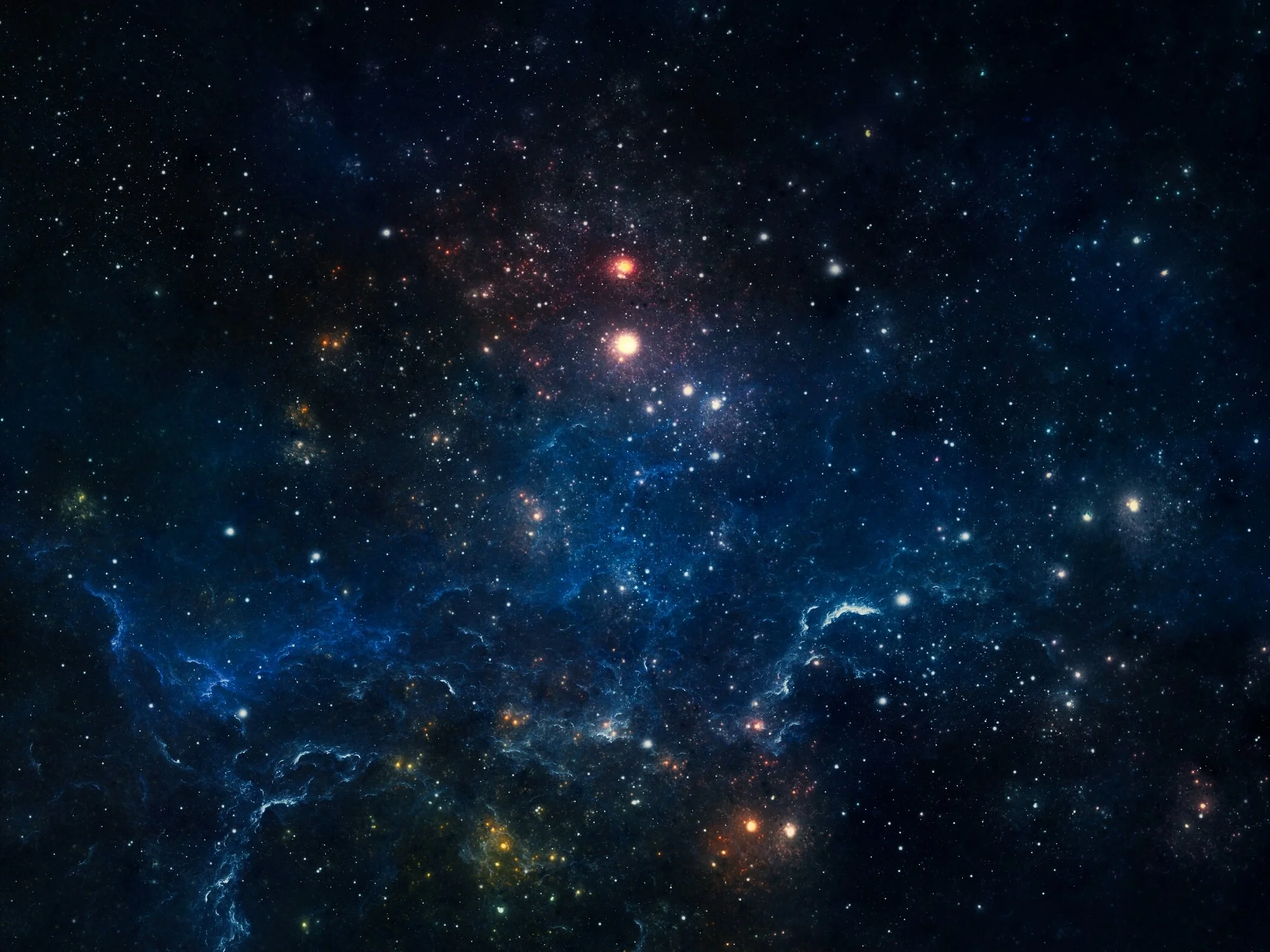It sounds obvious. That’s what night is. The sun has set and when you look up at the sky, it’s black. Except where there’s a star, of course. The stars are bright and shiny.
The art and beauty of general relativity
Slightly more than one hundred years ago this month, an obscure German physicist named Albert Einstein presented to the Prussian Academy of Science his General Theory of Relativity. Nothing prior had prepared scientists for such a radical re-envisioning of the foundations of reality. Encoded in a set of neat compact equations was the idea that our universe is constructed from a sort of magical mesh, now known as “spacetime”. According to the theory, the structure of this mesh would be revealed in the bending of light around distant stars.
Explainer: what is interplanetary dust and can it spread the ingredients of life?
NASA recently reported that a cloud of dust was surrounding Mars high above its atmosphere. The authors of the study ruled out Mars itself and its moons Phobos and Deimos as the sources of the dust and concluded that it must come from a larger dust cloud floating around between the planets in our solar system.
What’s it like to see auroras on other planets?
Bacteria in space: why the International Space Station is riddled with ‘germs’
Most Earth-Like Worlds Have Yet to Be Born
Earth came early to the party in the evolving universe. According to a new theoretical study, when our solar system was born 4.6 billion years ago only eight percent of the potentially habitable planets that will ever form in the universe existed. And, the party won't be over when the sun burns out in another 6 billion years. The bulk of those planets - 92 percent - have yet to be born.




